Yoga for Mental Health
Since yoga has been found to help those with diseases and illnesses like Alzheimers, Arthritis, it’s a given that it can help ease mental health issues and disorders. A new review on the health benefits of yoga, published in Frontiers in Psychiatry, with help from researchers at Duke University School of Medicine, found that yoga could be a promising treatment for some mental illnesses.

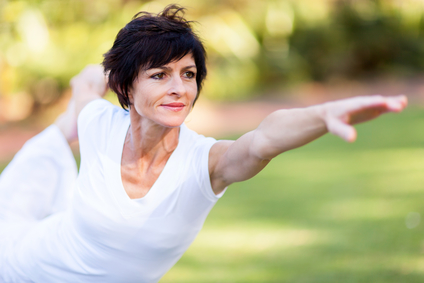

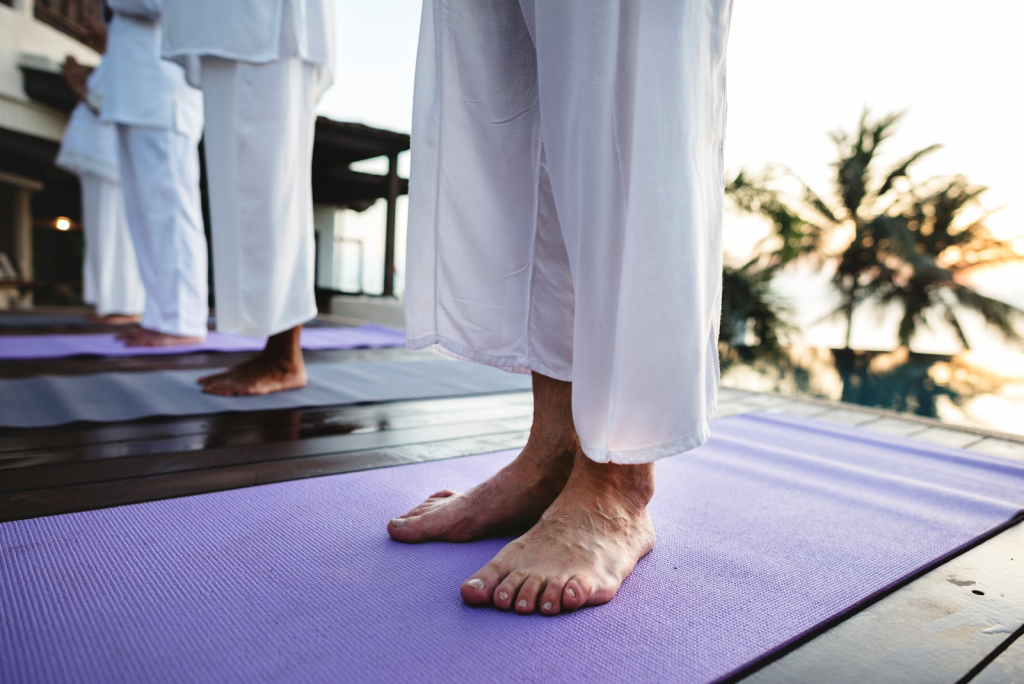
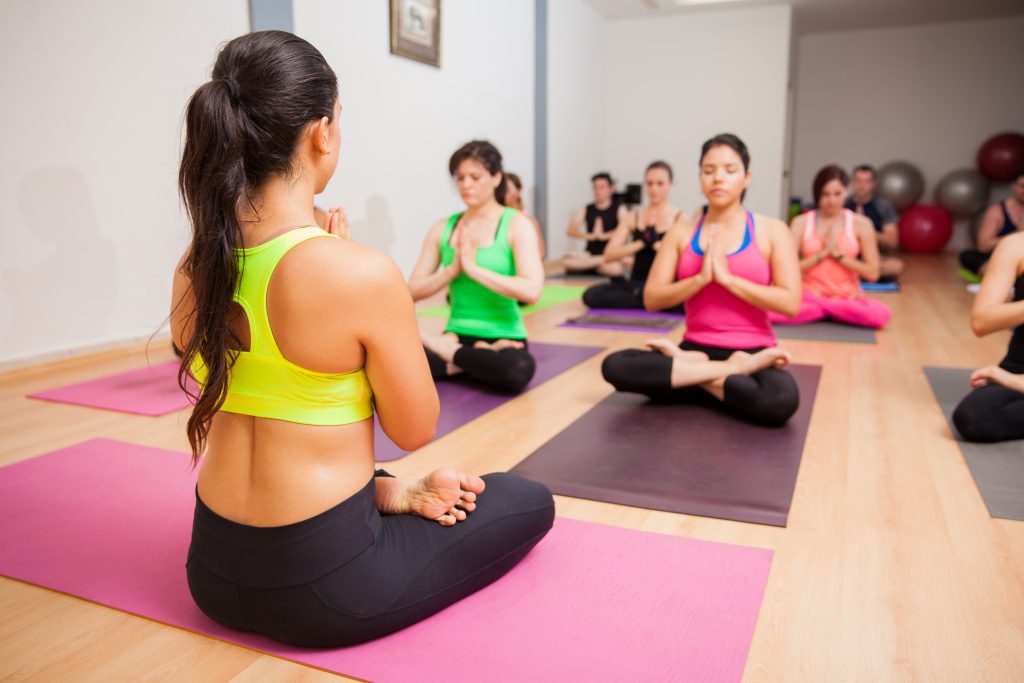



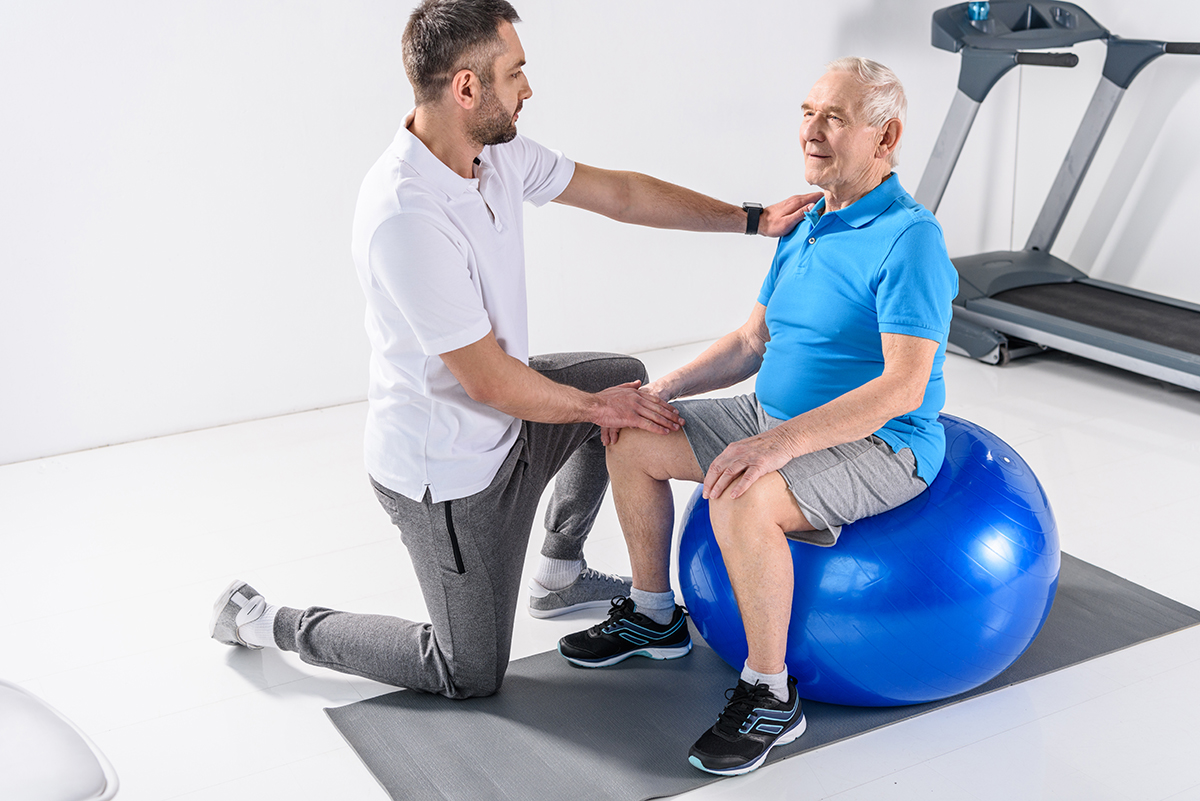


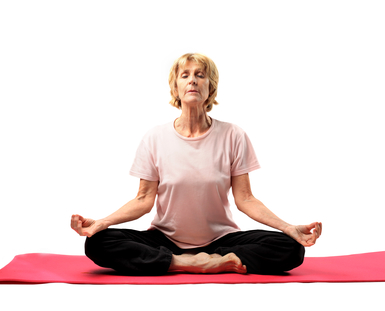
 Just as yoga can improve overall physical fitness for healthy individuals, it can improve fitness for people with arthritis. But with this population, the stakes are even higher. Yoga can improve balance, which prevents dangerous falls. Yoga practice can enhance flexibility, which allows individuals to maintain mobility over time. Improved strength means greater joint stability. Improved strength means a reduction in the muscle loss that accompanies some forms of arthritis. Improved strength means an increased ability to participate in everyday activities that can be challenging as joints deteriorate.
Just as yoga can improve overall physical fitness for healthy individuals, it can improve fitness for people with arthritis. But with this population, the stakes are even higher. Yoga can improve balance, which prevents dangerous falls. Yoga practice can enhance flexibility, which allows individuals to maintain mobility over time. Improved strength means greater joint stability. Improved strength means a reduction in the muscle loss that accompanies some forms of arthritis. Improved strength means an increased ability to participate in everyday activities that can be challenging as joints deteriorate. Hey! Did you know that all pain is all in your head? It doesn’t mean you don’t have real pain when something to cause pain happens, or that chronic pain is not real. Feelings of pain are very real and are initiated by the brain for a very important basic reason…to keep you safe.
Hey! Did you know that all pain is all in your head? It doesn’t mean you don’t have real pain when something to cause pain happens, or that chronic pain is not real. Feelings of pain are very real and are initiated by the brain for a very important basic reason…to keep you safe. There is growing evidence that chronic pain is caused by multiple factors including cognitive, physiological, and behavioral factors. If you are working with clients or interacting with a family member with chronic pain, it is important to understand that it is not just simply a physiological response to pain. It is important to effectively influence a client’s attitude, cultural background and belief system-which influences social norms and perceived behavioral control. To achieve the highest positive health/fitness results among the chronic pain population, it is important to know and understand your client as a whole person.
There is growing evidence that chronic pain is caused by multiple factors including cognitive, physiological, and behavioral factors. If you are working with clients or interacting with a family member with chronic pain, it is important to understand that it is not just simply a physiological response to pain. It is important to effectively influence a client’s attitude, cultural background and belief system-which influences social norms and perceived behavioral control. To achieve the highest positive health/fitness results among the chronic pain population, it is important to know and understand your client as a whole person.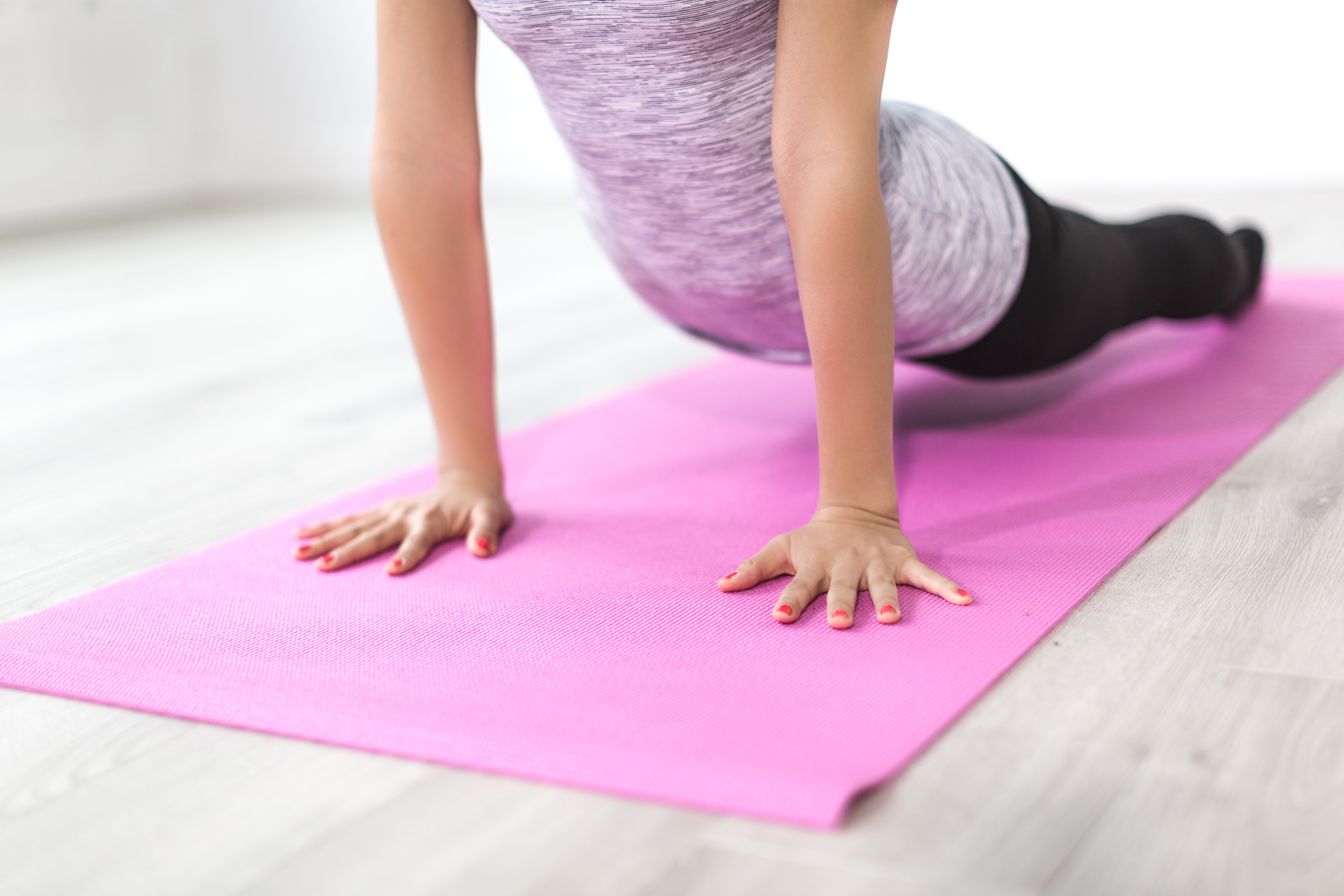

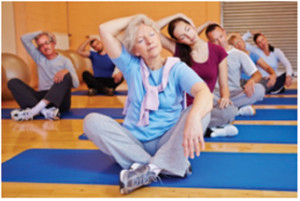 In addition to that, gentle and restorative of yoga can help to slow you down mentally. As a result, it would be easier for you to prevent eating caused by emotions.
In addition to that, gentle and restorative of yoga can help to slow you down mentally. As a result, it would be easier for you to prevent eating caused by emotions.